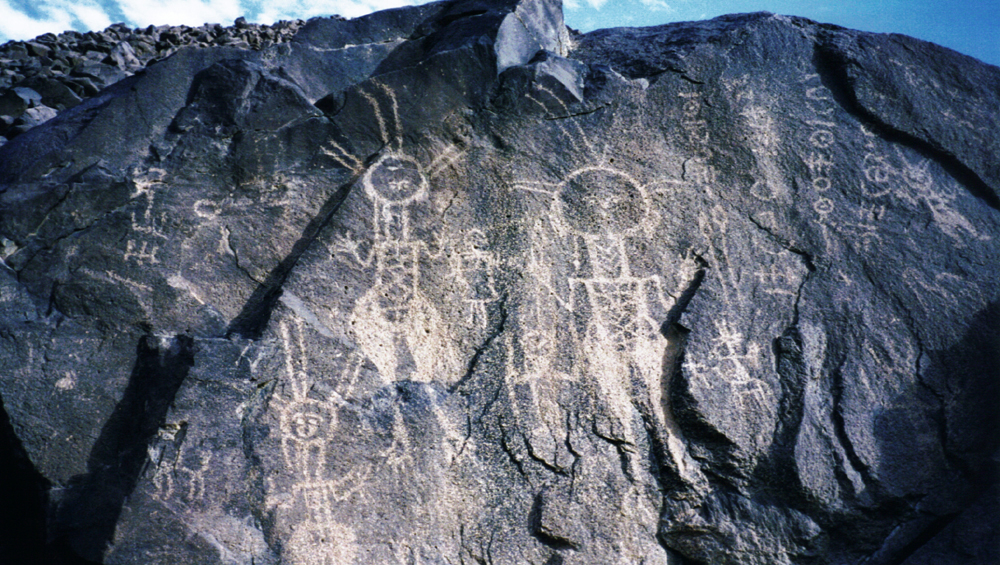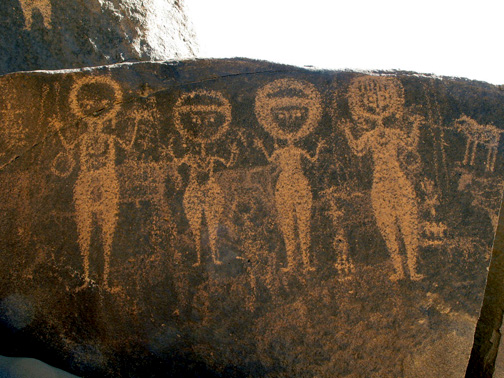Rock Art of the sahara: The Aïr Mountains

The Aïr Mountains are located in northern Niger, in the Sahara region, with an extension of 70,000 km². It looks like a vast plateau between 500 and 900 meters above sea level, with isolated peaks of a granite nature that often overlap recent volcanic formations.
Niger is geographically diverse, having both the Sahel (savannah) and the Sahara (desert).
The majority of the country’s rock art – made up predominantly of engravings – is located in the northern desert area, in and around the Aïr Mountains.

One of the most celebrated sites belongs to an area called Dabous, to the west of the mountains, near the Tenerè desert. “Tènèrè, literally means “where there is nothing”. It is in fact a desert that extends for thousands of kilometers, but this literal translation belies its true essence.
As a matter of fact, for over two millennia, the Tuareg people have managed the Trans-Saharan trade route connecting large cities on the southern edge of the Sahara via five desert trade routes to the northern coast of Africa.
And even before the Tuareg, life evolved in various forms. Proof of this evolution is found on top of a small, lonely rocky hill. Here, where the desert meets the slopes of the mountains of the Air Massif, lies Dabous, home to one of the best examples of ancient rock art in the world and the biggest petroglyph depicting animals: two life-size giraffes carved and scraped into stone, thought to be over 6.000 years old.

The region around the plateau has been inhabited for a very long time, at least since the African Mesolithic. Artifacts, petroglyphs, and rock carvings have been found researching the territory, the age of which has been traced back to a period between 100,000 and 2,000 years ago.
The Aïr Mountains petroglyphs and ancient rock art include depictions of enigmatic figures with round heads and strange costumes and headdresses that are often depicted much bigger than the other figures in the same scene.


The current settlements are limited to the oases of Chirfa, Djaba, Orida, Séguédine, and Yaba, all located within the borders of the rural community of Djado. Ten kilometers northeast of Chirfa are the ruins of the fort of Djado, included in the list of candidate sites to enter the UNESCO World Heritage in 2006.

